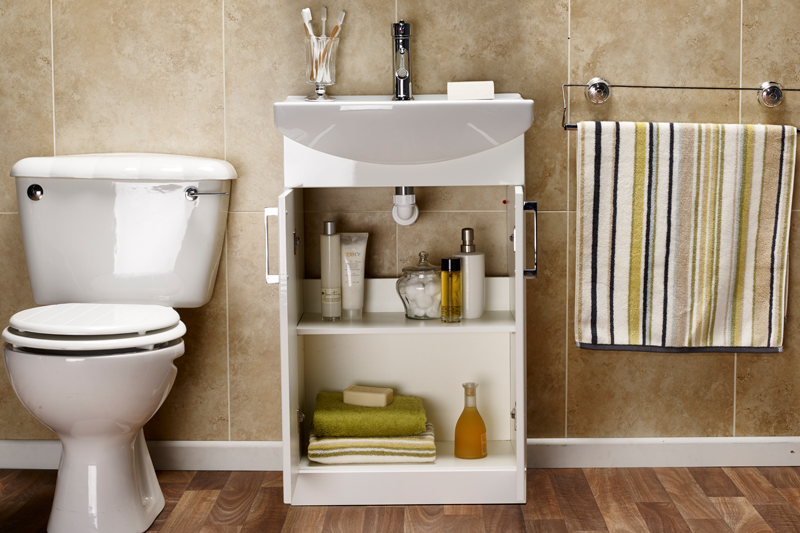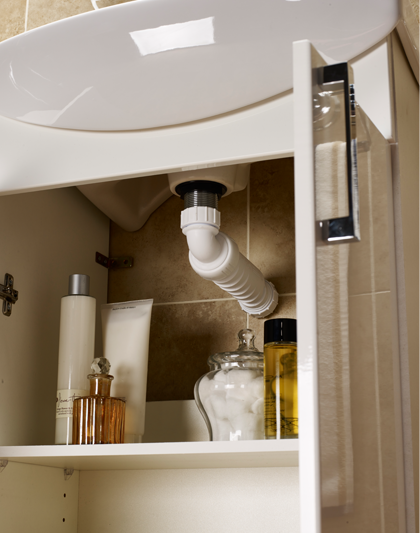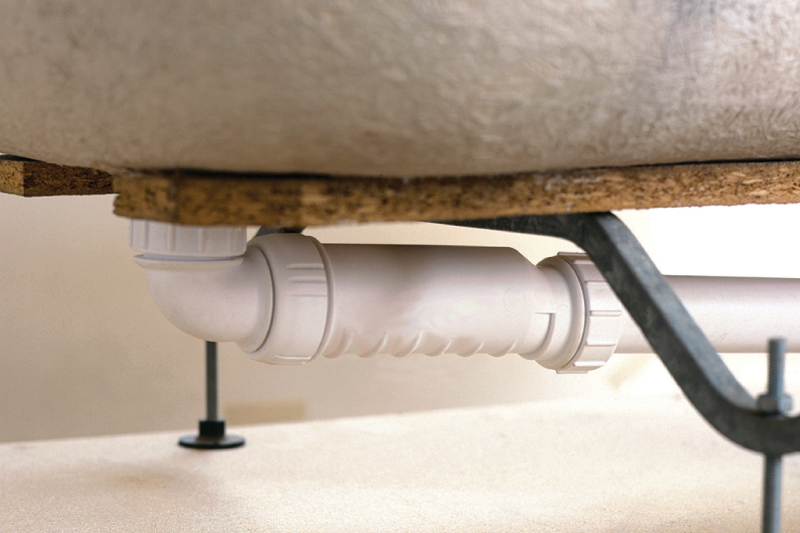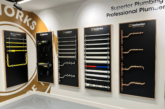
Steve Skeldon, Above Ground Product Manager at Wavin’s Osma brand, discusses an alternative trap design that is said to provide a space-saving, efficient solution to an age-old problem.
In the past, water traps have come in all shapes and sizes and since their invention in 1775 have remained a key plumbing tool. However, their central purpose has always remained the same — to create a water seal between the sewer and the living space. This protects kitchens and bathrooms from foul smells and sewer air, which might otherwise escape into the room from the drainage system below.
But are we trapped in the past by relying on traditional water traps? Although effective, they can often take up a lot of space and reduce design freedom.
Many types of water trap are available depending on the requirements of the plumbing fixture in question. For example, in baths and shower trays, shallower traps are the most suitable design, as there is often limited space beneath the fixture.
For example, ‘P’ and ‘S’ traps are generally used beneath kitchen sinks, using bends in the pipework to create a water seal. Alternatively, ‘bottle’ traps are favoured for pedestal-mounted washbasins, as they fit more easily in small areas.
While these traditional traps still have their place, they come with their own problems. Even with the most compact designs, the shape often means valuable space is taken up, causing difficulties for the bathroom and kitchen layout. They also require regular maintenance as blockages are common. This in itself can be a very time consuming and, frankly, unpleasant task.
As technology develops, plumbing and construction professionals are increasingly looking for alternative, more functional products. To avoid the drawbacks of a traditional water trap, more plumbers are turning to the waterless trap. First invented by Wavin 20 years ago, the HepvO uses a self-sealing elastomeric membrane instead of a traditional water seal to prevent sewer gases from escaping into an occupied space.
The self-sealing, elastomeric membrane creates a seal between the sewer and the building above, meaning that as water enters the silicone valve, the membrane opens and stays open until the flow stops. The membrane has been developed so that only a very small amount of water is required to open it, so it can also be used in condensate drainage and discharge from unvented hot water storage systems.
With no need for a U-bend, the HepvO can be installed vertically or horizontally and can be used for a wide range of household plumbing applications, from showers to kitchen sinks. The ‘straight-through design’ also limits the build-up of waste material and ensures an outstanding flow, reducing the risk of blockages and the costly maintenance work required to resolve them.
In addition, a pleasing aesthetic is often just as important for homeowners as practicality and efficiency. This is a factor your customers should bear in mind when working on bathrooms and kitchens as HepvO provides the balance — not only does it simplify maintenance requirements, it also minimises the visual impact of drainpipes and discharge systems.
For more information on Wavin’s range of waterless traps, visit www.wavin.co.uk/web/products/waste-water/waterless-traps.htm











